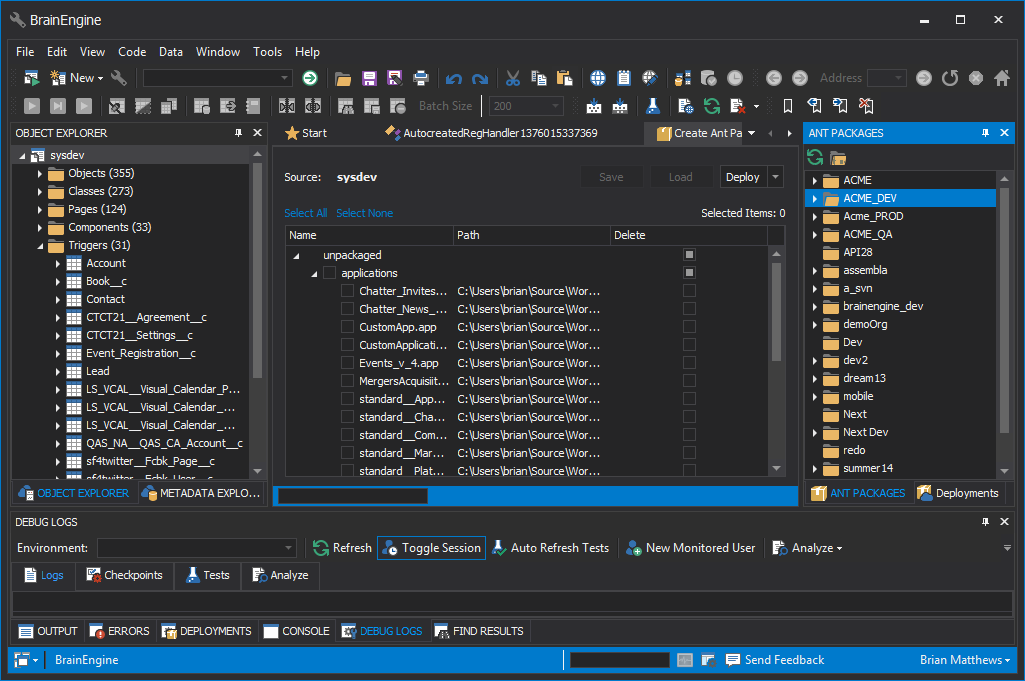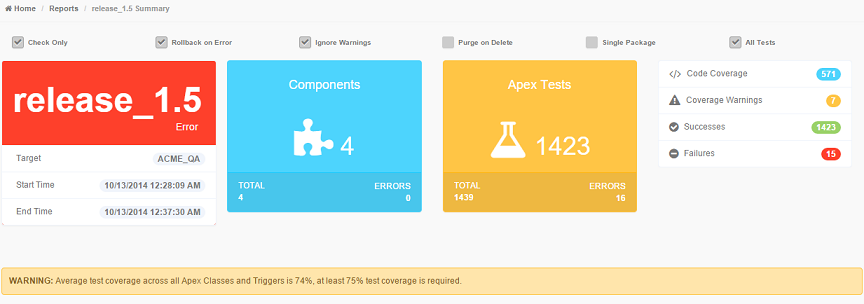Sometimes the future takes its time.
Back in 2010, I was just tired—tired of juggling clunky tools just to get basic Salesforce work done. So I built my own. I called it BrainEngine, an IDE to help me crank out S-Controls (yeah, some of you have no idea what those are) and run database queries without losing my mind.
It started small, but BrainEngine—alongside Maven’s Mate—became one of the very first third-party cloud-based IDEs for Salesforce. This was way before the Tooling API was even a thing.

And the name “Brain“? That wasn’t just branding. It came from a very real issue: people constantly misspelled my name in emails. Even my own kids couldn’t spell it right when forging my name or signature on their permission slips. No joke.
The vision for the IDE was big, fueled by equal parts frustration and kid like sci-fi obsession. What if dev tools could think? I wasn’t just dreaming about autocomplete—I wanted something closer to Joshua from WarGames or Cortana from Halo. A system you could talk to. One that could reason, adapt, and collaborate. A digital co-pilot, built for Salesforce.

What if I could describe what I needed and the system would just build it? What if the IDE could analyze the architecture, make recommendations, and even guide entire builds?
That was the dream. But back then, the tech just wasn’t there.
No GPTs. NLP could barely spit out a help doc. Salesforce’s APIs were locked down and limited. And the tech that was available? Too immature, too expensive, and nowhere near ready to support the vision.
So instead of building the spaceship I had in mind, I shifted gears—exploring AI-related projects and ventures while quietly waiting for the right moment to bring the vision to life.
BrainEngine 6 vs. Today
Back then, our roadmap was filled with sci-fi-level ideas I had no way to build:
-
- Code generation from natural language
-
- AI-assisted architectural decisions
-
- Conversational development workflows
-
- Real-time guidance based on Salesforce metadata
Today, with Synapse, what used to feel impossible is now part of the everyday workflow.
-
- ✅ Describe what you need in plain English, and get working Apex, Flows, or Components
-
- ✅ AI agents that understand your metadata and suggest the best patterns
-
- ✅ PRDs turned into user stories and tasks
-
- ✅ Smart, conversational interfaces that help you think, build, and ship faster
The tech finally caught up. And we were ready.
The Pause, Then the Play
Eventually, the frustration of what I couldn’t build ended up to a pause. The site went quiet but that vision stuck with me.
Then 2022 happened.
ChatGPT dropped. LLMs became real. NLP got smart. Salesforce opened up its APIs. Cloud compute became scalable and affordable. Suddenly, everything I had dreamed about years ago was not just possible—it was ready.
So I hit play again.
Synapse: The Platform We Always Wanted
Synapse is what the BrainEngine IDE always wanted to be.
It’s the evolution of that original dream: a platform powered by AI agents that actually help you design, code, and deliver Salesforce solutions. It’s not just smarter it’s collaborative, contextual, and scalable.
Synapse isn’t another dev tool, it’s a system that thinks with you. A platform where:
-
- Your requirements become working solutions
-
- Your architecture gets AI-assisted validation
-
- Your deployments are orchestrated, not duct-taped together
-
- You have your own virtual team of seasoned Salesforce experts helping you move faster, make smarter decisions, and deliver with confidence.
Full Circle
Synapse is more than just code and UI. It’s the result of a long journey. One that started with a hacked-together IDE and a relentless belief that dev tools could be more intelligent, more human, and more helpful.
Why Synapse?
Because Salesforce implementations shouldn’t feel like a battle.
It should feel like a conversation with tools that understand what you’re trying to do and help you get there faster.
Synapse isn’t just the future. It’s the future we always believed would come.
The only difference now?
We’re the ones building it.
Let’s go!